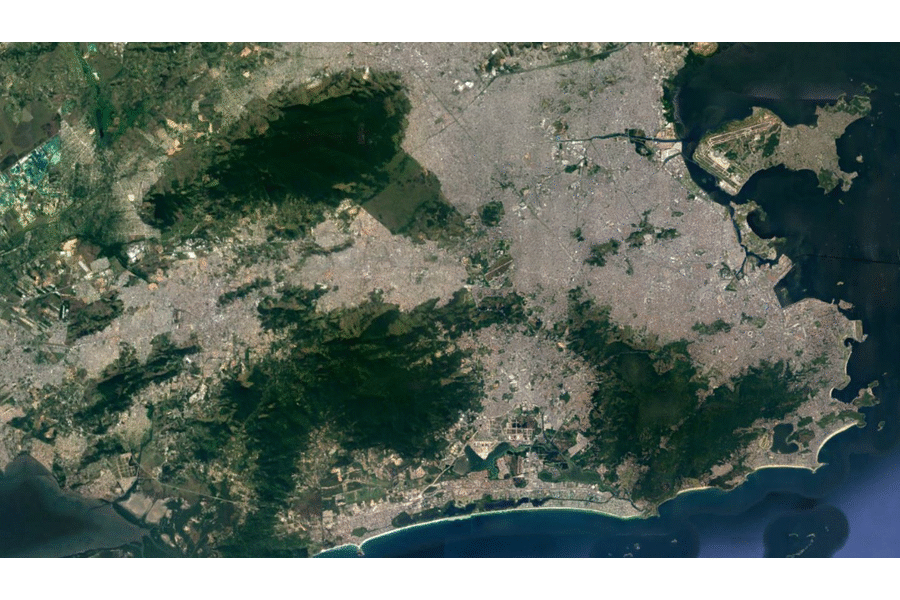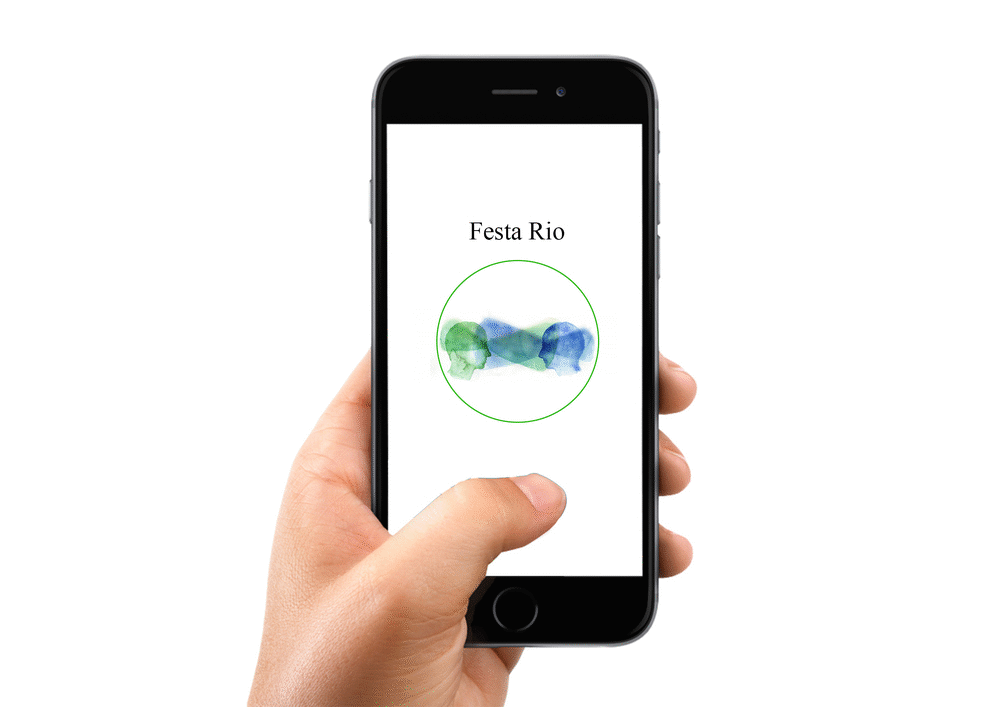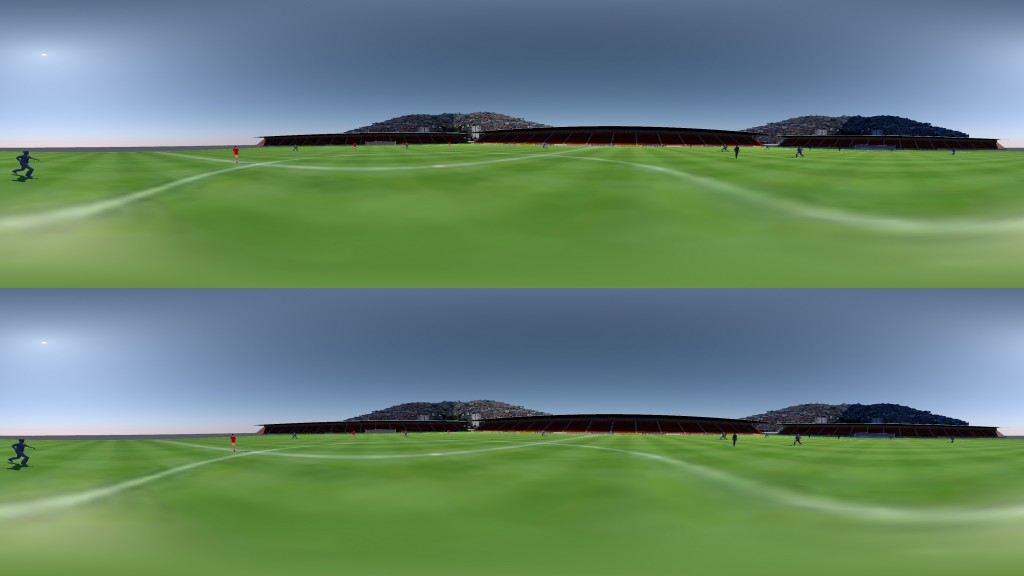Slow Crisis -Architectural Interventions – Rio de Janeiro
The aim of this research-based seminar that aims to build articulated operative knowledge on our current ecological transformations their effects and effects on our urbanized world. Following recent claims on the need for a contemporary redefinition of the term infrastructure – soft rather than hard, environmentally resilient rather than mechanistically efficient – we will work on constructing a tool box of engineered landscape mutations.
A Short Description:
The idea of our Program was inspired by the incidents that we witnessed and experienced in Rio I.e. the segregation of the classes and also few rare instances or events which brought about their unions like football, dance and the beach. We wanted to bring about a change in this urban scenario ad bridge the gap between them in our attempt we analyzed the events that we witnessed which brought an informal gathering of the people of different tiers of the society through certain activities which helps them transcend their inhibitions towards one and another.We further wanted to exploit this idea by using it as a medium to introduce our programs which consisted of architectural interventions.Which will aim to develop the standard of living of the poor by generating revenue and sustaining their income. By using the dilapidated sites which are in the intersection of the favelas and the urban fabric for the implementation of these interventions.The sites are given a new lease of life while assisting our objection or vision. The collage above is trying to portray our experience in Rio de Janeiro, first in B&W show the people living informal settlements or favelas and somehow want to sustain a better lifestyle, on the right the images show the people from the high-income group and in the middle is the common ground of the two.
The collage above is trying to portray our experience in Rio de Janeiro, first in B&W show the people living informal settlements or favelas and somehow want to sustain a better lifestyle, on the right the images show the people from the high-income group and in the middle is the common ground of the two.
 The interventions were focused on the intersections of favelas / urban fabric, hence area for consideration was foothills and their connections with each other, also the area that interventions would influence. Through this approximation, we will develop an urban reading of the influence area and started the search for potential sites in abandoned lands, unused parking lots etc. The scheme is not about populating the periphery with trying to replicate the main center, but about producing a mesh of independent nodes that are able to bridge the gap.
The interventions were focused on the intersections of favelas / urban fabric, hence area for consideration was foothills and their connections with each other, also the area that interventions would influence. Through this approximation, we will develop an urban reading of the influence area and started the search for potential sites in abandoned lands, unused parking lots etc. The scheme is not about populating the periphery with trying to replicate the main center, but about producing a mesh of independent nodes that are able to bridge the gap.
Our catalog of possible sites for architectural interventions & public spaces(with areas).
“Can architectural interventions help conserve or protect dying social and cultural interactions”
Architectural Interventions are not confined to any single aspect as such for something as little as placing a chair in a square becomes one.They are manipulated to their full potential to give to give the people a much-needed experience of spirituality, joy, fulfillment it’s purpose it to elevate something or create a new experience in the most uncommon places where expected.Hence we can conclude a successful intervention is always denoted by creating new or amplifying the existing cultural, social interactions in the city.
Why will it work and how
For example in our zone in example is very well connected but not used to the fulest potential it has a lot of dead spaces and abandoned buildings. There is a lot of public equipments and services as well which can cater to tourists hence this area has a high potential to encourage tourism which can be a major source of income generation for the lower income group.
The intervention will be spread in areas according to their context across the city in hope of eradicating this difference and changing the outlook of the people and the city.This growth would be expedited by the use of apps as a platform to reach the people of the city.The app would consist of information on the available interventions, sites and their accessibility to the people such as time slots, the minimum amount required and henceforth.By making this process as transparent as possible we look to help the people.This would benefit both classes of the society in different manners.While one uses it for their lively hood the other will use it for his leisure and they will form a system of co-dependence and co-existence for the same.

360 degrees VR Images :



Architectural Interventions at Rio de Janeiro is a project of IaaC, Institute for Advanced Architecture of Catalonia
developed at Master in Advanced Architecture in 2016/2017 by:
Students: Vishesh Behl, Rasheed & Emre
Faculty: Ruxandra Iancu & Rodrigo Rubio